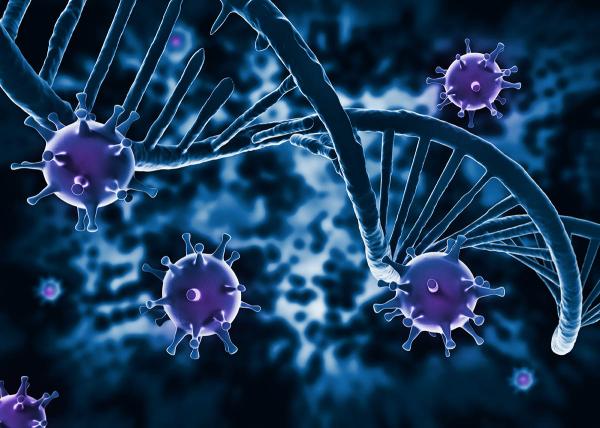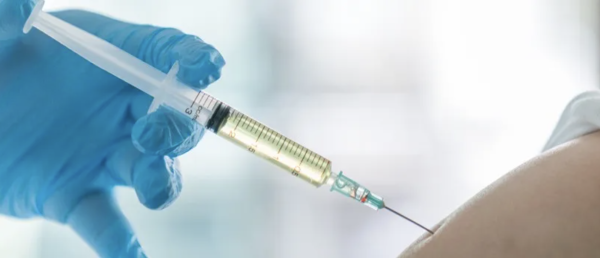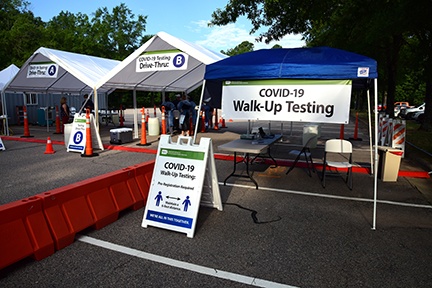Attacking HIV At Its Core
IRP Researchers are Developing Vaccines Targeting the ‘Achilles Heel’ of a Wiley Infectious Threat
In the 40 years since HIV, the virus behind AIDS, was first definitively identified, treatments have changed the disease from a sure death to a long-term chronic illness. Yet, as we passed the 36th annual commemoration of World AIDS Day on December 1, it remains a dangerous health threat. Consequently, many researchers are attempting to develop vaccines to prevent or treat HIV, including IRP senior investigator Barbara K. Felber, Ph.D. Dr. Felber has been pursuing an effective vaccine since the discovery of HIV in the early 1980s using a unique approach that is not only making headway toward that important goal, but also offering insights into other infectious diseases, as well as cancer immunotherapy.










